
| Recorded by: David George, Kevin Bischof, Rich Teper, Patrick Coin on 2025-08-16
Transylvania Co.
Comment: | 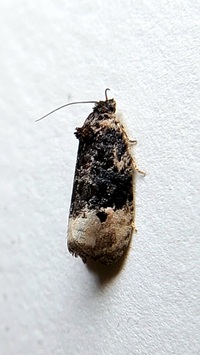
| Recorded by: Mark Basinger on 2025-08-13
Ashe Co.
Comment: |

| Recorded by: Mark Basinger on 2025-08-11
Ashe Co.
Comment: | 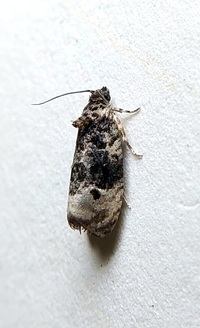
| Recorded by: Mark Basinger on 2025-08-11
Ashe Co.
Comment: |
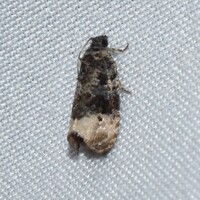
| Recorded by: David George, Jeff Niznik on 2024-08-05
Transylvania Co.
Comment: | 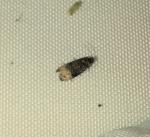
| Recorded by: Maurice Cullen, Todd Pusser, F. Williams, S. Williams on 2024-07-08
Gates Co.
Comment: |
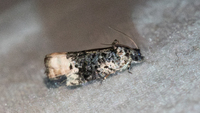
| Recorded by: Emily Stanley on 2024-06-15
Buncombe Co.
Comment: | 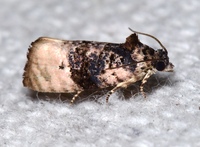
| Recorded by: Jim Petranka on 2024-04-27
Madison Co.
Comment: |
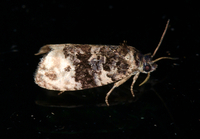
| Recorded by: Jim Petranka on 2023-08-13
Madison Co.
Comment: | 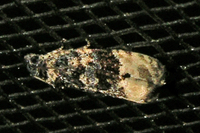
| Recorded by: Owen McConnell on 2023-08-09
Graham Co.
Comment: |
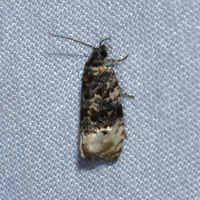
| Recorded by: David George, Stephen Dunn, Jeff Niznik on 2023-07-31
Macon Co.
Comment: | 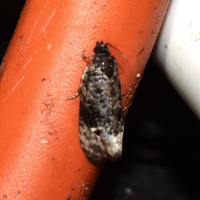
| Recorded by: David George, Stephen Dunn, Jeff Niznik on 2023-07-31
Swain Co.
Comment: |
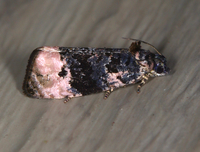
| Recorded by: Jim Petranka on 2023-07-11
Madison Co.
Comment: | 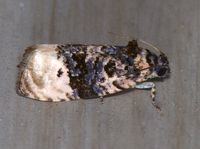
| Recorded by: Jim Petranka on 2023-06-04
Madison Co.
Comment: |
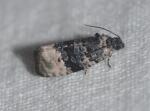
| Recorded by: K. Bischof on 2023-05-23
Transylvania Co.
Comment: | 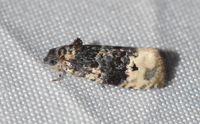
| Recorded by: Emily L Stanley on 2023-05-10
Yancey Co.
Comment: |
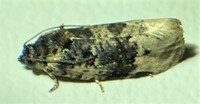
| Recorded by: Dean Furbish on 2022-05-28
Wake Co.
Comment: | 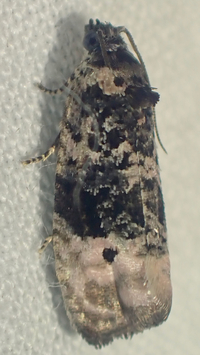
| Recorded by: tom ward on 2022-05-05
Buncombe Co.
Comment: |
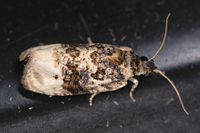
| Recorded by: Mark Shields on 2021-07-04
Onslow Co.
Comment: | 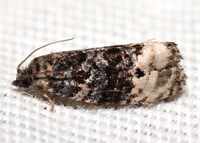
| Recorded by: Kyle Kittelberger, Brian Bockhahn on 2019-09-03
Transylvania Co.
Comment: |
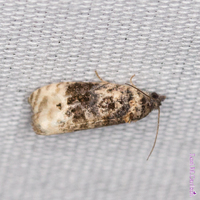
| Recorded by: L. M. Carlson on 2019-07-30
Orange Co.
Comment: | 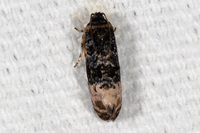
| Recorded by: David L. Heavner on 2019-07-07
Buncombe Co.
Comment: |
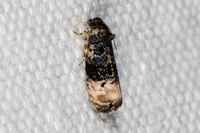
| Recorded by: David L. Heavner on 2019-07-07
Buncombe Co.
Comment: | 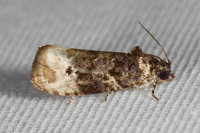
| Recorded by: Jim Petranka and Becky Elkin on 2019-06-07
Madison Co.
Comment: |
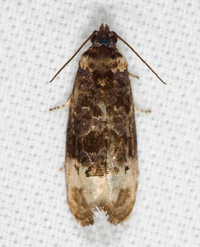
| Recorded by: Jim Petranka and Becky Elkin on 2019-06-07
Madison Co.
Comment: | 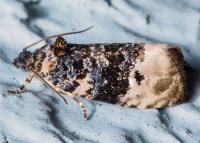
| Recorded by: J. Merrill Lynch on 2015-08-05
Watauga Co.
Comment: |
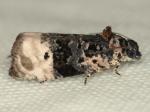
| Recorded by: T. DeSantis on 2015-08-04
Durham Co.
Comment: | 
| Recorded by: B. Bockhahn, P. Scharf, L. Amos on 2015-05-12
Warren Co.
Comment: |
|

 »
»



 »
»

